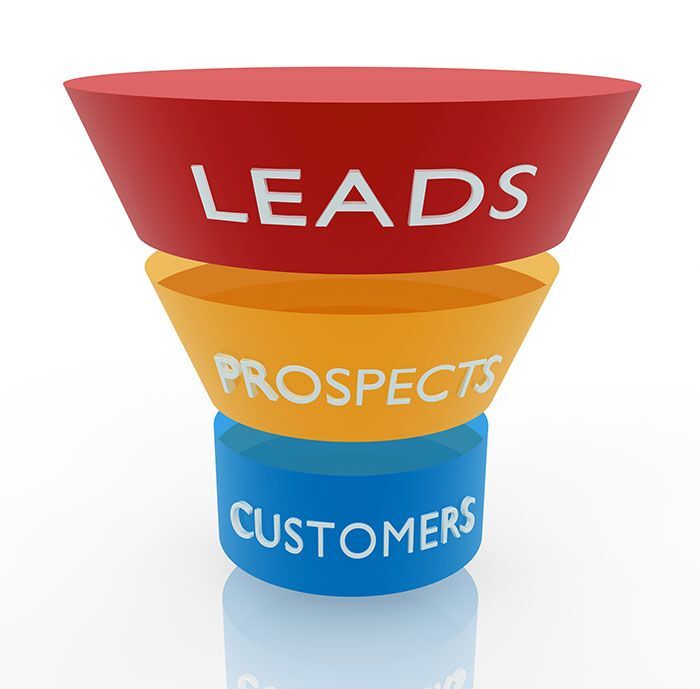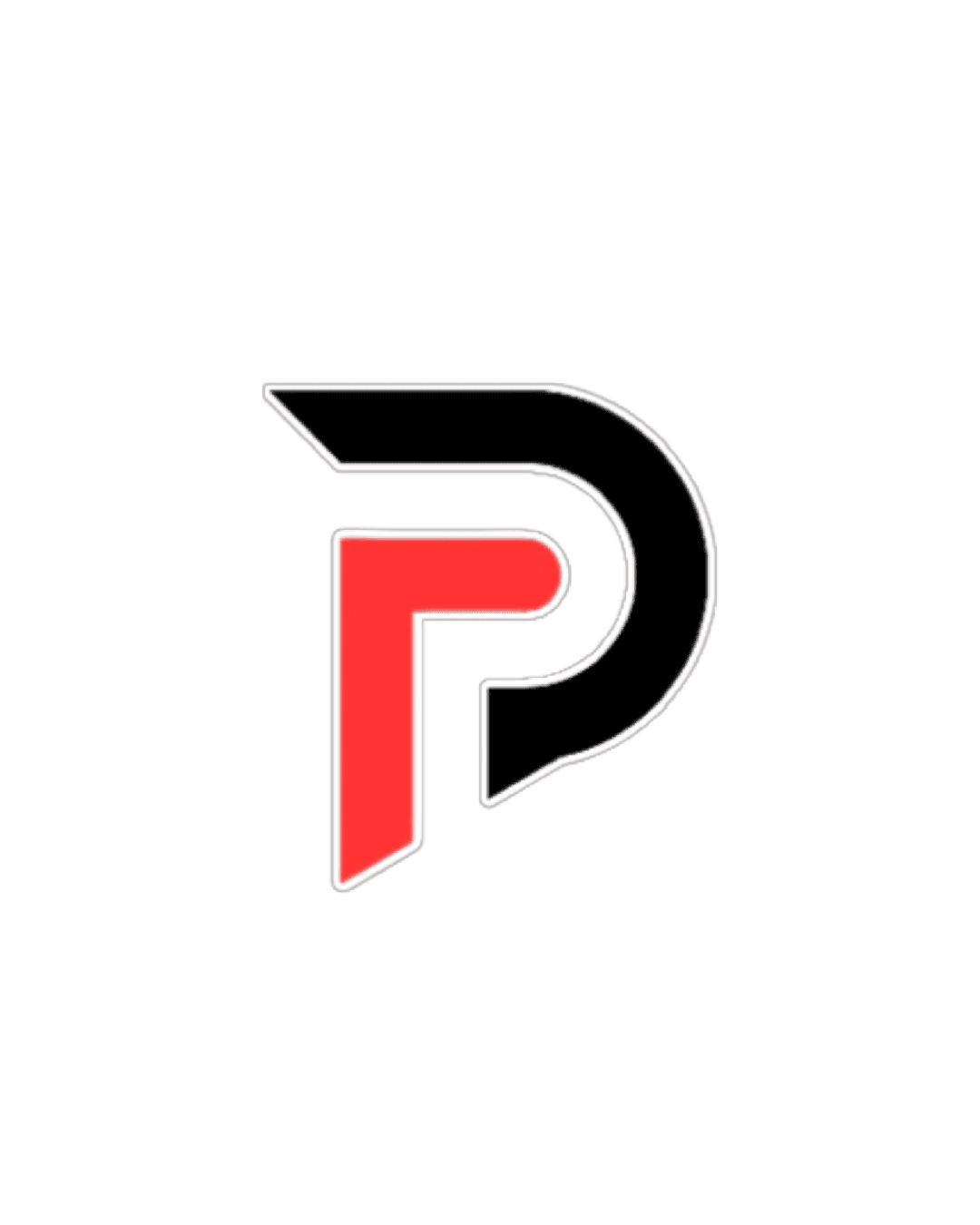
Ever feel like your content is working hard… but your leads are ghosting you?
You’ve published blog posts, posted on LinkedIn, maybe even hosted a webinar or two. But when it comes to turning that attention into actual customers, crickets. The truth? Most B2B content strategies aren’t broken—they’re just missing a funnel that flows.
A well-built content funnel doesn’t just attract eyeballs; it warms up cold leads, builds trust, and guides them (gently but firmly) toward saying, “Yes, let’s talk.”
In this guide, we’re breaking down how to create a B2B content funnel that doesn’t just look good on paper but actually converts. We’ll make it simple, fun, and insanely practical—no jargon overload, we promise.
Ready to ditch random acts of content and start building a funnel that works like a growth engine? Let’s dive in.
1. Know Your Audience—Inside & Out
Before you build your funnel, step into your buyers’ shoes:
Identify personas: Are you targeting marketing VPs, procurement leads, or technical managers? Define job titles, pain points, preferred content formats, and typical buying triggers.
Map the buyer journey: What questions do they ask at awareness, consideration, and decision stages? Uncover them through surveys, sales feedback, and social listening.
Find where they live online: Forums, LinkedIn groups, niche subreddits—go where they hang out and listen (don’t just pitch).
SEO tip: Use long-tail keyword research (e.g., “enterprise procurement challenges 2025”) to target queries your personas are already Googling.
2. Funnel Stage by Stage
Think of a funnel as a pep rally leading to a grand finale. Each stage should educate, nurture, and move the reader forward.
Awareness Stage – Spark Curiosity
Content types: Blog posts, infographics, social media shorts, top-of-funnel eBooks
Goal: Draw attention—solve a small problem, pose a question, or spin a surprising stat
Tip: Publish high-value blog posts targeting informational queries like “What is [your industry term]?”
SEO tip: Optimize for informational intent. Use headers, bullet lists, and internal links. Keep readability high.
Consideration Stage – Build Trust
Content types: Case studies, white papers, webinars, how-to guides
Goal: Show you understand their pain and can address it
Tip: Feature real-world results (e.g., “How Company X boosted efficiency by 30% using Y”).
SEO tip: Include targeted mid-funnel keywords like “best [solution] for [problem]” and use schema markup for downloadable assets.
Decision Stage – Seal the Deal
Content types: Product demos, ROI calculators, comparison sheets, live Q&As
Goal: Demonstrate why your solution is the right fit
Tip: Use direct CTAs (“Book a demo,” “Talk to an expert”), and include testimonials or certifications.
SEO tip: Optimize pages for branded + solution-intent (e.g., “[YourBrand] vs. Competitor — which is better?”).
3. Top Tips for Funnel Success
- Lead magnets with a twist: Instead of a generic eBook, offer dynamic tools (like calculators or mini trainings) that actively solve problems.
- Layered CTAs: Start with soft nudges (“Download the tip sheet”), then progress toward stronger asks (“Schedule a strategy session”).
- Repurpose like a champ: Turn a webinar into blog posts, infographics, email snippets, and LinkedIn carousels.
- Email nurture sequences: Deliver value over time—share quick tips, success stories, behind-the-scenes insight. No pitches early on!
- Measure with intent: Use MQL→SQL conversion rates, content-to-lead path tracking, and time-to-conversion metrics.
- Iterate continuously: A/B test headlines, lead magnet formats, email timings. Leverage results to refresh content every 3–6 months.
4. SEO Strategy That Supports Funnels
- Keyword mapping: Assign intent-based keywords to specific funnel stages (e.g., top-of-funnel = “What is ROI calculation?” mid-funnel = “ROI calculator template download”).
- Optimize for featured snippets: For awareness-stage blogs, target “how to” and listicle queries (“3 reasons to…”).
- Internal linking matrix: Connect awareness content with consideration-stage offers, and point consideration pages toward decision-stage assets.
- Technical SEO hygiene: Fast page speed, mobile-first design, structured data for events and downloads, and XML sitemaps with updated assets.
5. Keep It Fresh
- Quarterly audits: Update statistics, refresh CTAs, plug new case studies.
- Republish with a twist: Update blog titles and intros to reflect latest trends (e.g., “2025 Edition”).
- Seasonal hooks: Tie content to industry events, market shifts, or holidays—but remain on-brand and relevant.
Conclusion
Creating a B2B content funnel that converts is part science, part storytelling—and a sprinkle of fun. By mapping content to each stage, optimizing for SEO, and nurturing leads with genuine value, you're not just generating leads—you’re building relationships.
Remember: test, measure, iterate, repeat. Your funnel evolves as your audience does.
Take the Next Step: Let’s Build a Funnel That Converts
You don’t have to figure it all out alone. At Proconnect Digital, we help B2B companies like yours design content funnels that actually work—turning curious visitors into qualified leads and leads into loyal customers.
Whether you need a full-funnel strategy, high-performing content, or smarter ways to nurture prospects, we’re here to guide you every step of the way.
Book your free growth audit now and let's map out a funnel that drives results.
